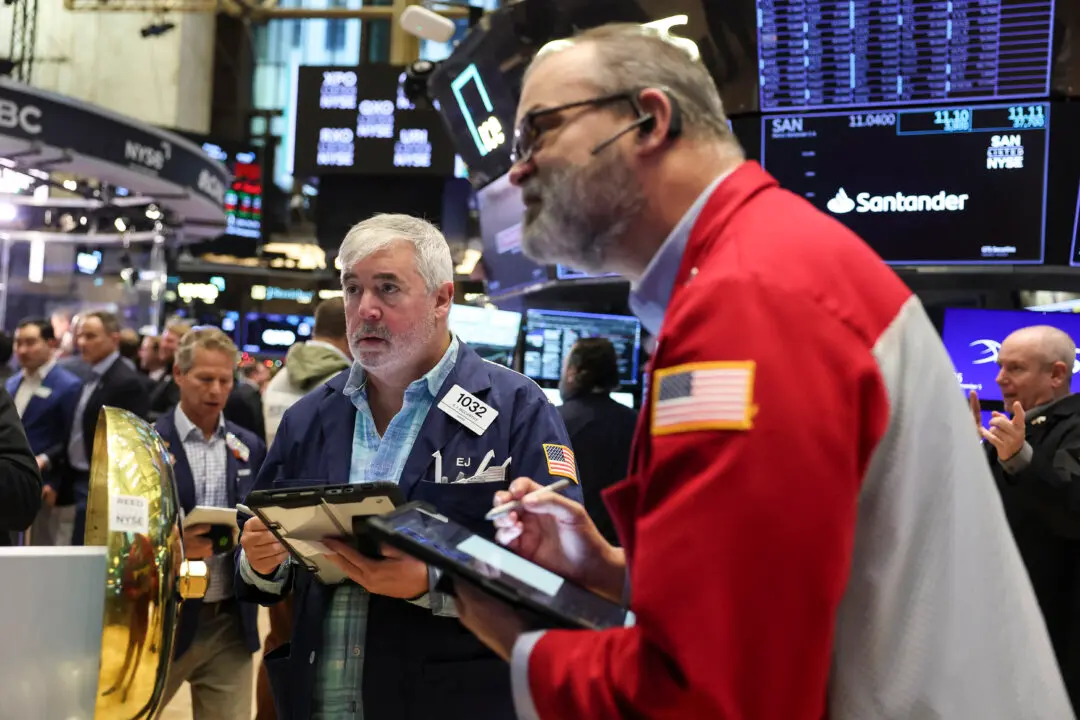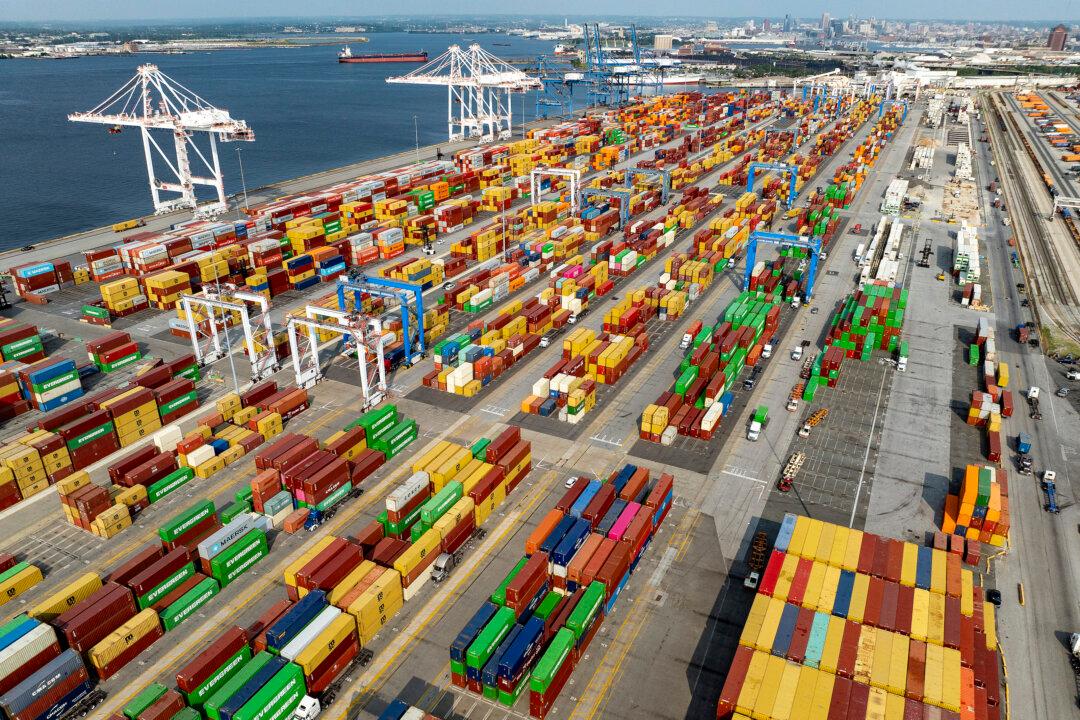Commentary
If we search the news from 2007, we can find plenty of headlines with the International Monetary Fund and the Federal Reserve predicting a soft landing. No one seemed to worry about rising imbalances. The main reason is that market participants and economists like to believe that the central bank will manage the economy as if it were a car.





